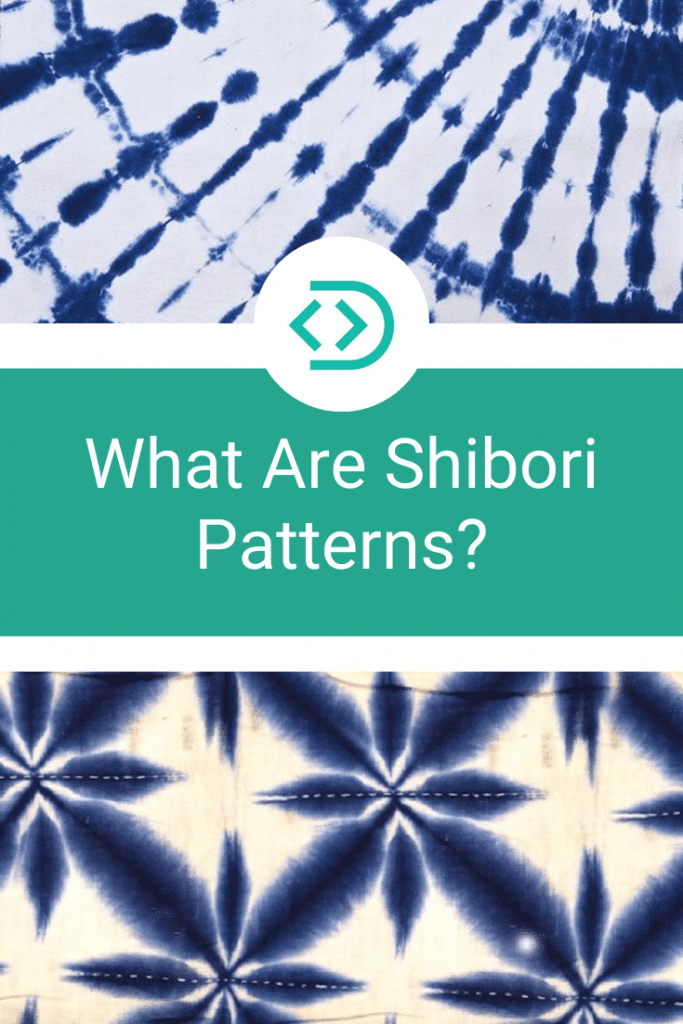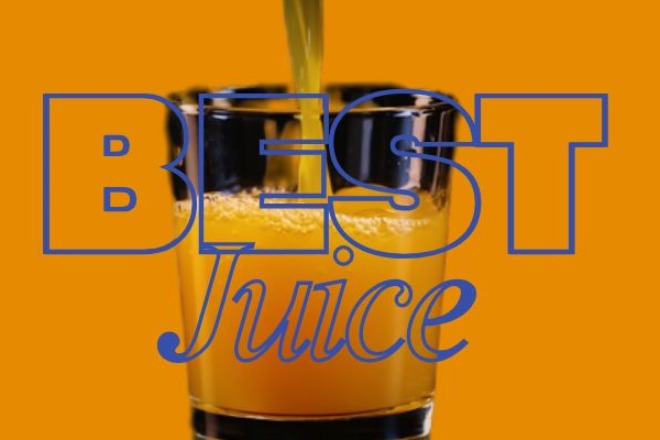Shibori is a textile art technique Japanese artists created to dye material. You might envision it as tie-dyeing on steroids. Rather than merely twisting the material, practitioners of this method bind, fold, twist and bunch fabric to create beautiful and unique patterns. It takes years of practice to perfect the look of the most intricate shibori patterns.
The word shibori derives from the verb shiboru, which means “to wring, squeeze, press.” The result is a soft, blurry pattern on cloth. Artisans use many different methods to create shibori patterns.
Indigo is the dye traditionally used for shibori, giving the patterns a deep blue color, but today’s patterns use any color imaginable. The techniques in shibori include tie-dyeing, pole wrapping, folding and clamping, pleating and binding, stitch resist and looped-binding with a hook needle and string.
History of Shibori
Dyeing fabric by manipulating it dates back 1,300 or more years ago in China. Originally, poor people relied on the technique because they couldn’t afford expensive silk and cotton. Shibori allowed people to take older clothes, redye them and make them appear new again.
During the eighth century in Japan, Emperor Shomu donated some shibori-dyed cloth to a Buddist temple. Today, this cloth is one of the oldest known examples of shibori fabric. Even though most people used indigo because of its accessibility and affordability, some also used madder and beetroot to make rose and purple patterns.
You probably recognize the tie-dyed patterns from stylish clothes from the 1970s and later. Shibori techniques inspired that look. You’ll find samples of shibori today on all types of designs, and you may even find it on websites from time to time. When it comes to using shibori in designs today, the only limitation is your imagination. Here are six examples of shibori styles.
1. Napkins

2. Totes
Shibori looks cute on fashion accessories such as this tote. The pattern is reminiscent of ocean waves, and the designer adds a dark blue fish to one corner to enhance that effect. Because the pattern allows much of the dye onto the fabric, the tote is a darker color that won’t show dirt and grime from days spent at the beach or poolside.
3. Bedding

4. Flower Pattern Fabric
The beautiful floral pattern on this fabric would work well for a tablecloth or child’s bedroom. This design is so soft that you could also use a faded version as the background for a website. Achieving this pattern requires a more advanced technique that may take time to perfect. You could also buy pre-dyed fabric, scan it and turn it into a background.
5. Pillows

6. Roman Shades

Other Uses for Patterns
There are so many different uses for shibori patterns, it would be impossible to cover them all in a single article — T-shirts for a family reunion, revamping a tattered pair of old jeans, unique athletic shoes and many more. On top of those uses, as a designer, you likely see the possibilities for using patterns in logos, print ads and anywhere else the inspiration strikes you.
Shibori may be an ancient technique, but it is still as relevant and striking today as it ever was. Modern dyes and access to different types of fabrics have given this art form new life

About The Author
Eleanor Hecks is the Editor-in-Chief of Designerly Magazine, an online publication dedicated to providing in-depth content from the design and marketing industries. When she's not designing or writing code, you can find her exploring the outdoors with her husband and dog in their RV, burning calories at a local Zumba class, or curled up with a good book with her cats Gem and Cali.
You can find more of Eleanor's work at www.eleanorhecks.com.




